Giro d'Italia: Pure sprinters could take a back seat in coming stages
Lumpier stages favour puncheurs
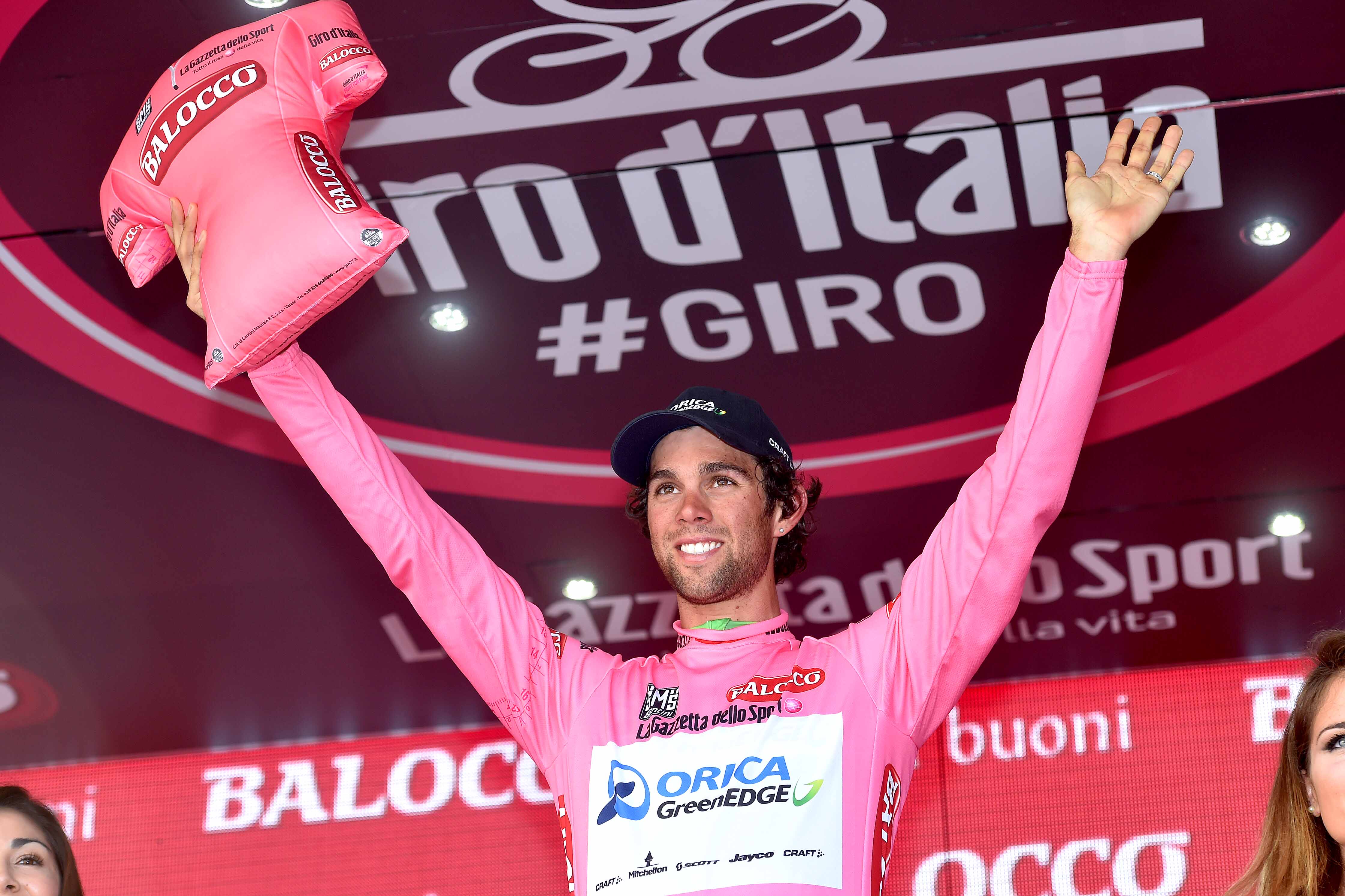
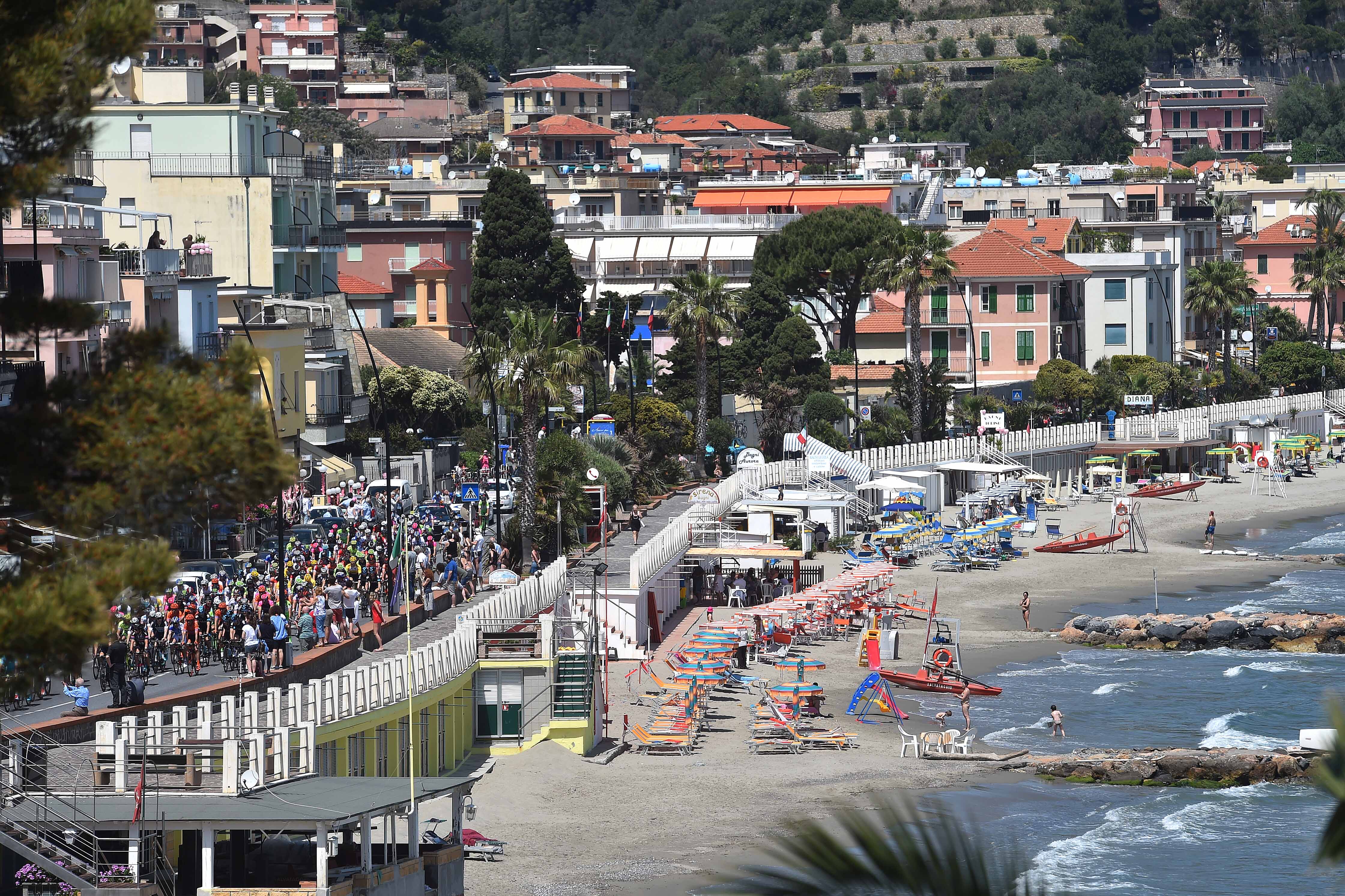
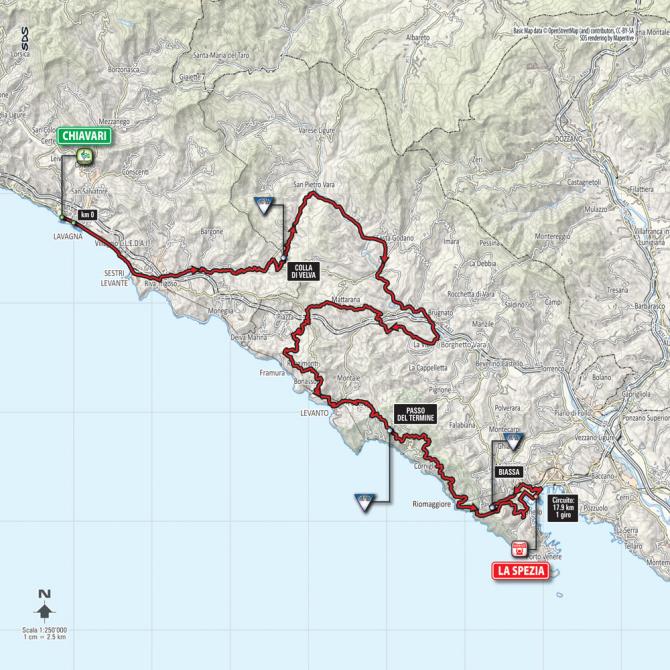
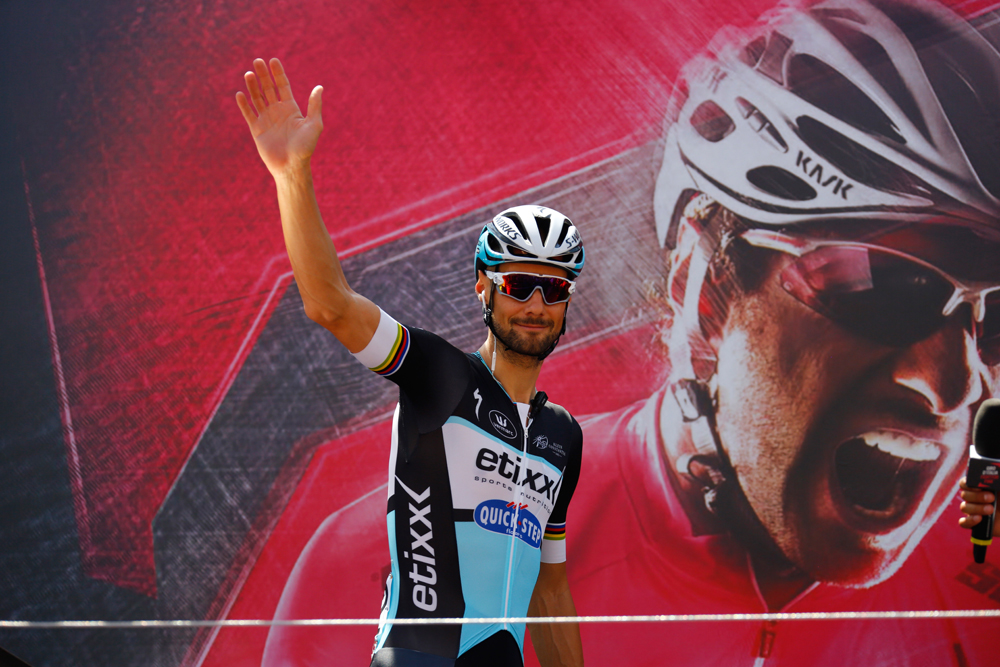
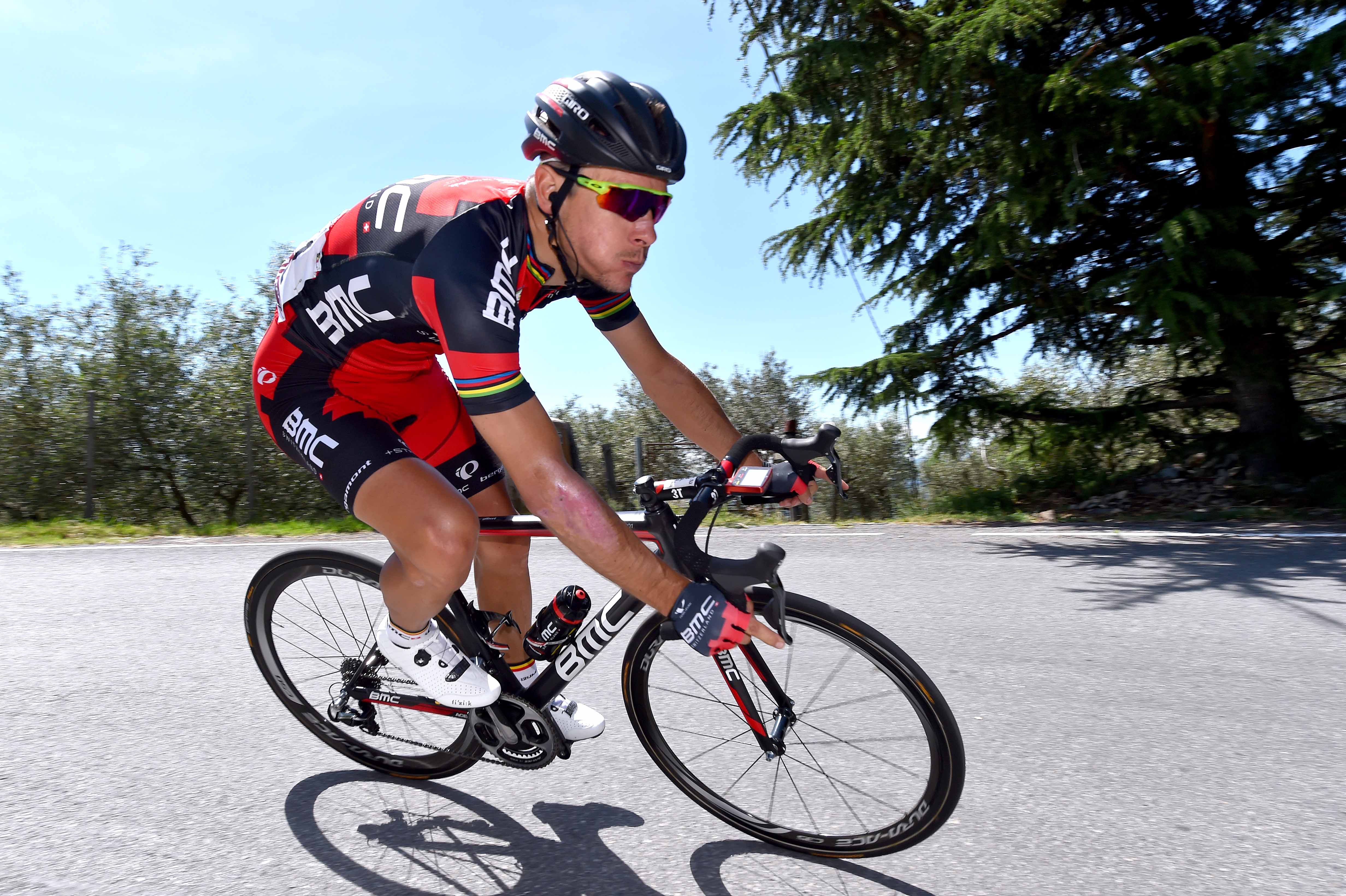
After the opening team time trial and a somewhat flat run along the coast to Genoa, the Giro d’Italia starts a much lumpier segment of the race on Monday, starting with a short but challenging leg through the hillier inland regions of Liguria on stage 3 and lasting through to Wednesday’s ascent of the Abetone.
Stage 3 from Rapallo to Sestri Levante on Monday is just 136 kilometres long and has just two classified climbs, a third category ascent, the Colle Caprile at km 22.5 and then the Barbagelata, the stage’s highpoint at 1,115 metres above sea level, at km 92.5. Don’t be fooled, though.
The stage has a total of 2,300 metres of vertical climbing - roughly half of what you’d find on a major Alpine stage in the Tour - and with the exception of the last 10 kilometres, which are flat, the Giro route book cheerfully announces that the rest of the route "is a never-ending series of curves switching in both directions, undulations, climbs and descents on narrow mountain roads."
As if that kind of terrain wasn’t enough to set the proverbial cat amongst the pigeons, the descent off the Barbagelata, taking the riders down 1,000 metres of descending in 20 kilometres, is said to be one of the most technical downhill sections of the entire race.
Tuesday’s stage 4 is just as challenging, even if the weather is forecast - thankfully - to be dry throughout the week so crashes are hopefully less probable. The stage is 150 kilometres long and runs from Chiavari to La Spezia. Although not going so deep inland into the mountains as stage 3, it has an almost equally ‘lumpy’ profile. Factor in three third-category climbs, the last only 10 kilometres from the finish, and seemingly no end to the corners, uphills and downward sections throughout and it may well throw up a few surprises.
"I drove those stages after Paris-Nice as a recon. and I almost got seasick," Cannondale Garmin’s sport director Charly Wegelius told Cyclingnews.
"There’s no respite, nothing incredibly clearly defined as the point where you need to be where you need to be - so people can very easily get caught with their pants down."
Get The Leadout Newsletter
The latest race content, interviews, features, reviews and expert buying guides, direct to your inbox!
The first challenge of stage 3 on Monday, coupled with an early switch from racing along the flat roads to some fairly serious mountain climbing, could do the most damage. "It’s unusual," local rider Pierpaolo De Negri of the Vini Fantini-Nippo squad told the local newspaper La Stampa after riding the entire route of stage 3 back in the spring.
"You’ve got four climbs [two unclassified] in the first part of the stage 3 course as far as Barbagelata, then it’s a long way down from there to Sestri Levante but it won’t be easy for the sprinters, they can’t lose too much time on the climbs. There are so many bends on the drop down from Barbagelata to Monleone di Chicagoan [at km 112] that there’s virtually no time to recover. Some sprinters can get back on, but it’s going to be hard."
As for that much-feared descent off the Barbagelata, Wegelius says "for the first four or five kilometres it’s very narrow, but then it opens out."
De Negri’s prediction for the stage 3 win is for a fast man who can climb well to get to the finish, of the likes of Tom Boonen. Michael Matthews (Orica-GreenEdge) has also warned in his leader’s press conference that he fancies his chances on Monday more than on Sunday, when the out-and-out sprinters ruled the roost. Last year, Matthews' Giro stage victory whilst wearing pink came on the sixth day of racing, on Monte Cassino: could history repeat itself three stages earlier this time round?
Alasdair Fotheringham has been reporting on cycling since 1991. He has covered every Tour de France since 1992 bar one, as well as numerous other bike races of all shapes and sizes, ranging from the Olympic Games in 2008 to the now sadly defunct Subida a Urkiola hill climb in Spain. As well as working for Cyclingnews, he has also written for The Independent, The Guardian, ProCycling, The Express and Reuters.
